On Sunday, I started by the biggest Palace in town, Gyeongbok-gung(경복궁,景福宮), which unfortunately... Was closed for renovations or that's my guess after seeing this:

So I took a walk to the next stop, Changdeok-gung(창덕궁,昌德宮) which was built before and, while smaller, had a lot more charm than the previous.




Some headstones.

Five colour decoration and statues on the roof. They are common on top of historical Korean buildings. They represent the travels made by Confucius and the demons that tried to block his way. Each statue represents a different demon. As Confucius passed, he overcame and essentially converted each demon. They are metaphors for life and life's obstacles. An alternate story I've read is that they represent some of the animals of the zodiac, but I prefer the former explanation.

Red to repel bad spirits away, green to keep the balance.

Red leaves, as mummy loves.

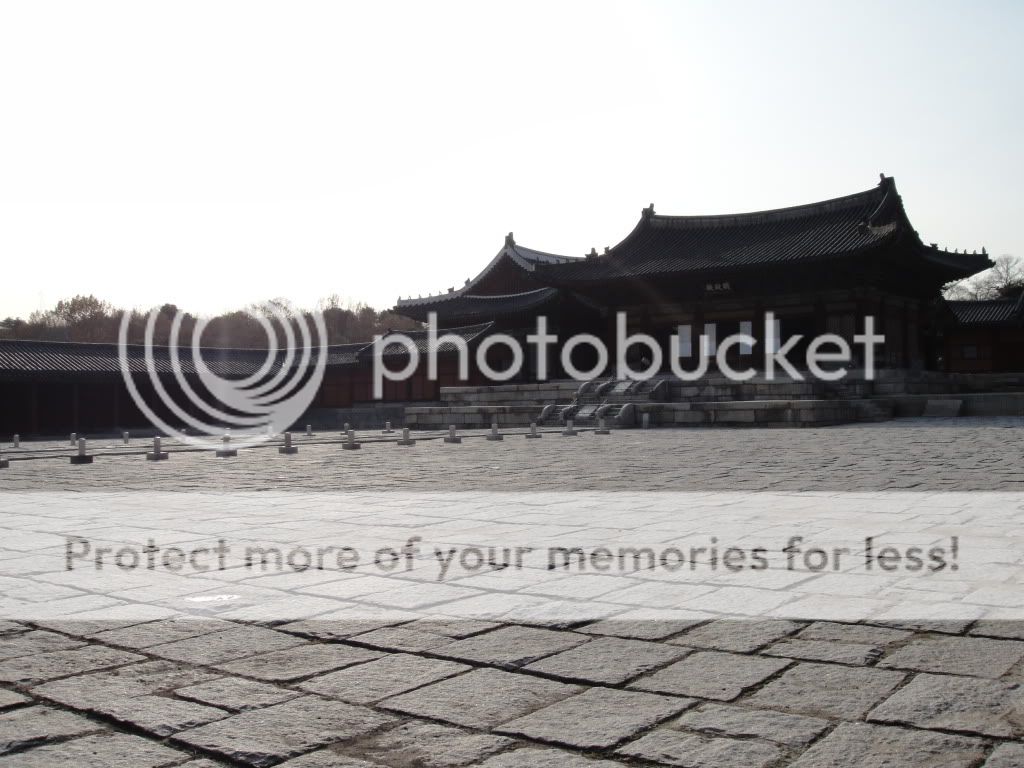

Main entrance
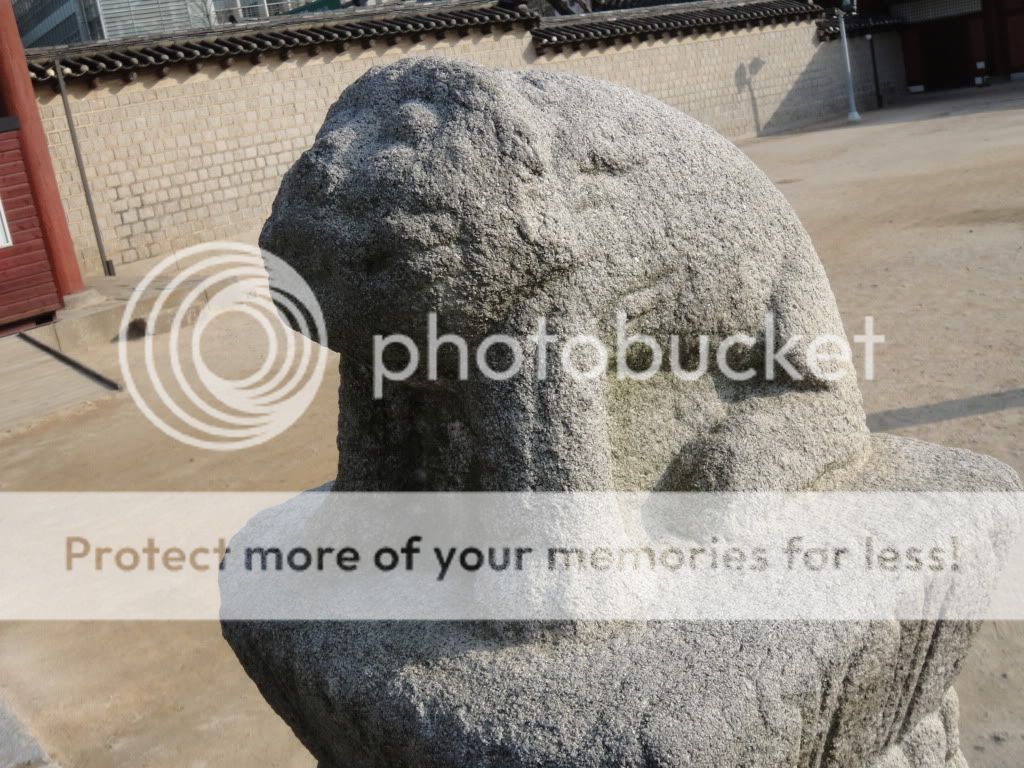

The two-eyed bridge.

Frozen (YES!) lake.

Local elders enjoying sunshine.

Pagoda in the park.

The greenhouse.





Odd though pretty duck!

I kept going as I had seen on my guide that right beside this palace was the Buckhon area. A neighbourhood, where one could find old houses, where people had started to live again, as a way of respect and sustainable way of maintaining tradition alive. Let me take you around the Hanok Hood and feel lucky, as I did, to find an "open-for-visit" traditional house.
Bukchon (North Village) is the collective name of the few tiny suburbs ('dong') wedged between Gyeongbuk Palace and the Secret Garden, just north of Insadong and Anguk Station. This area was where relatives of the royal family, high public officials and other important families lived for over 500 years as they serviced the nearby palaces. Today, some 900 of their traditional Korean 'hanok' houses remain, making this area one of Seoul's most picturesque centers of arts, culture, food and fashion. Hanokgirl.net provides information about Bukchon, including how to get there, places to visit and walking tour maps.




Narrow alleys between houses


The door to the house I visited.


The inner garden.

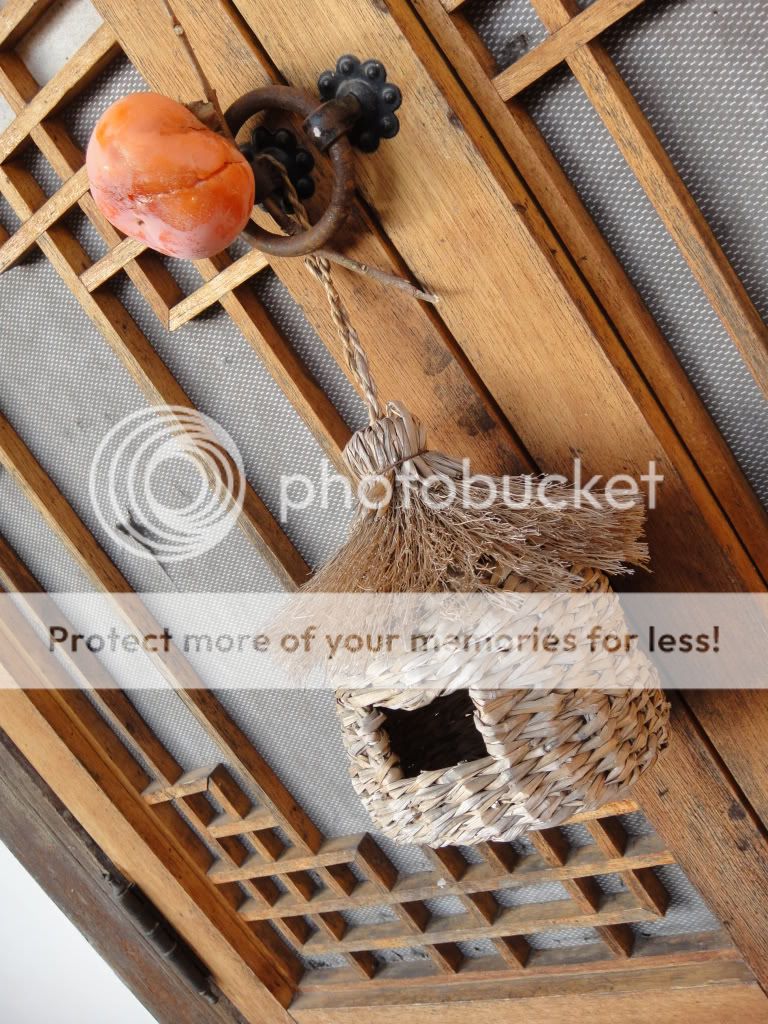
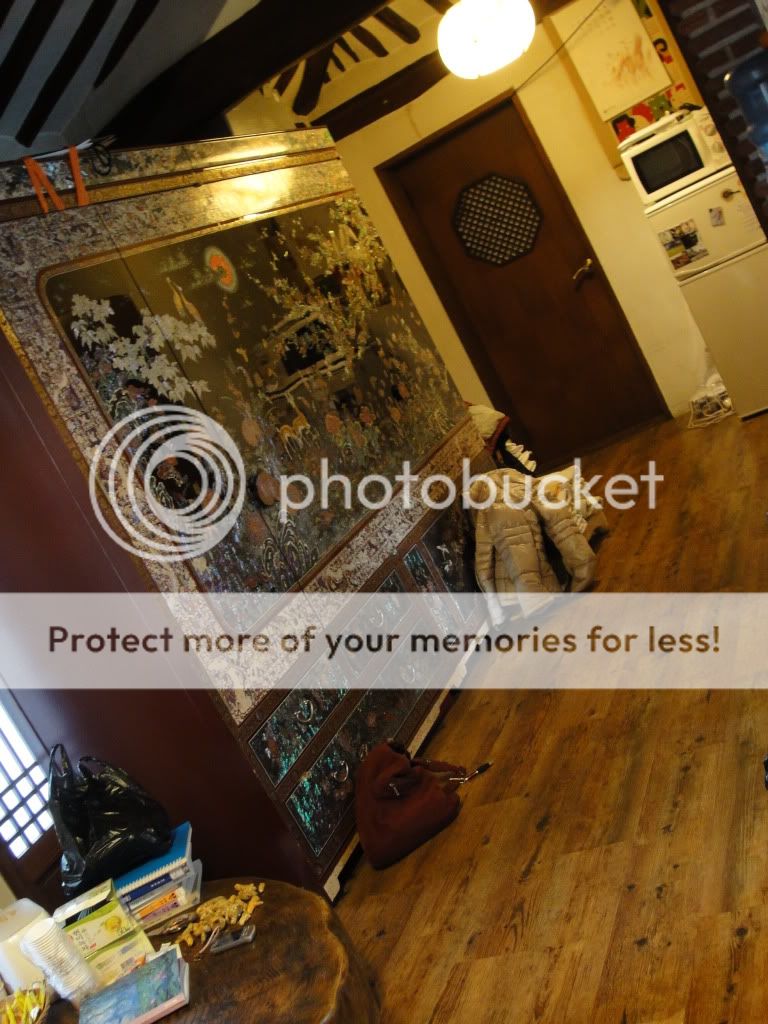
The kitchen-livingRoom was this big open area right in the middle. To the left, as one came in, was the sleeping room. The bathroom was outside these dependencies (I wonder how they manage to pee at night, suck!)

Thrilled of so much tradition and fusion, I went for more.Jogyesa Temple is the center of Zen Buddhism in Korea, and is famous for being located in the city.

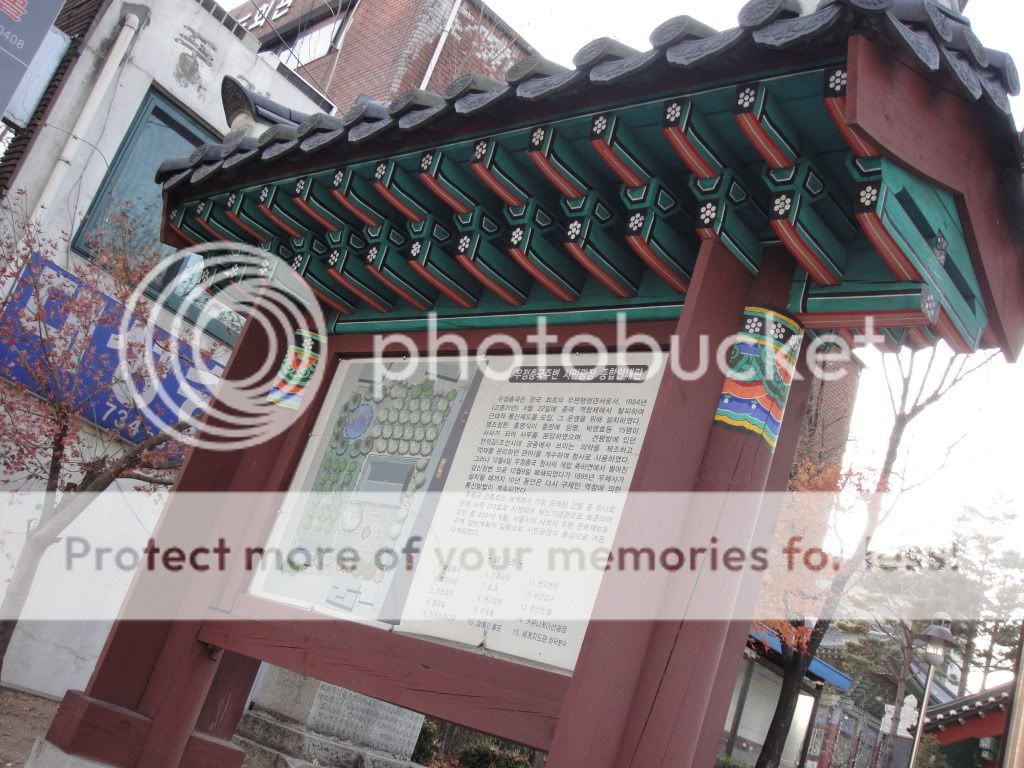

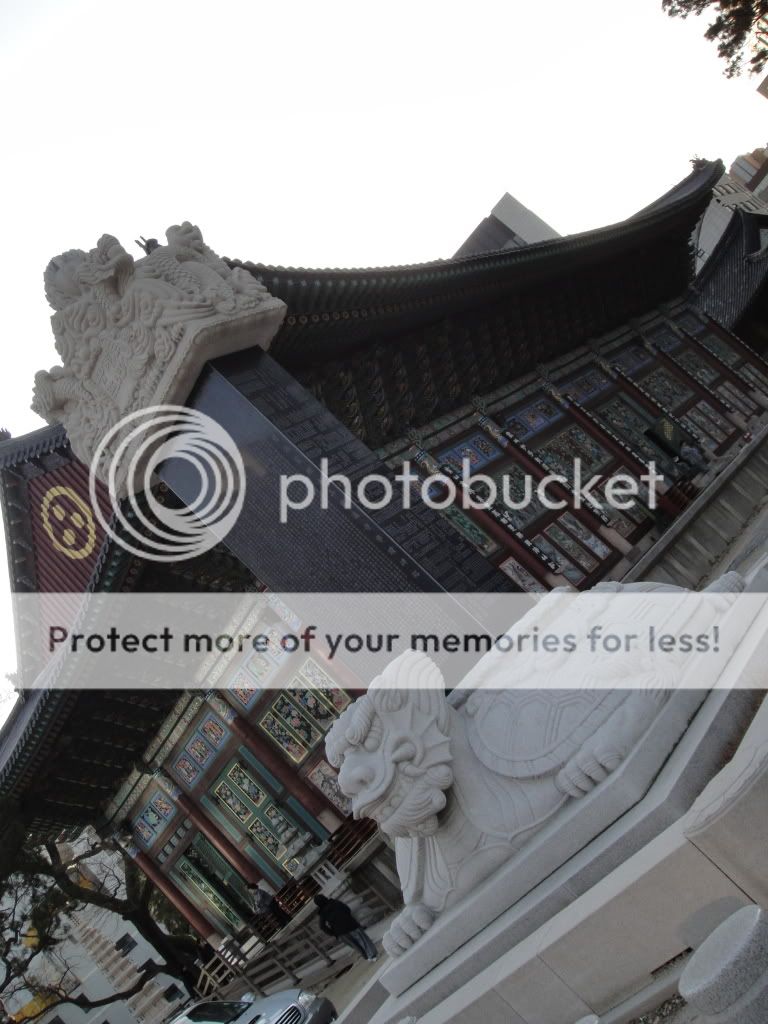


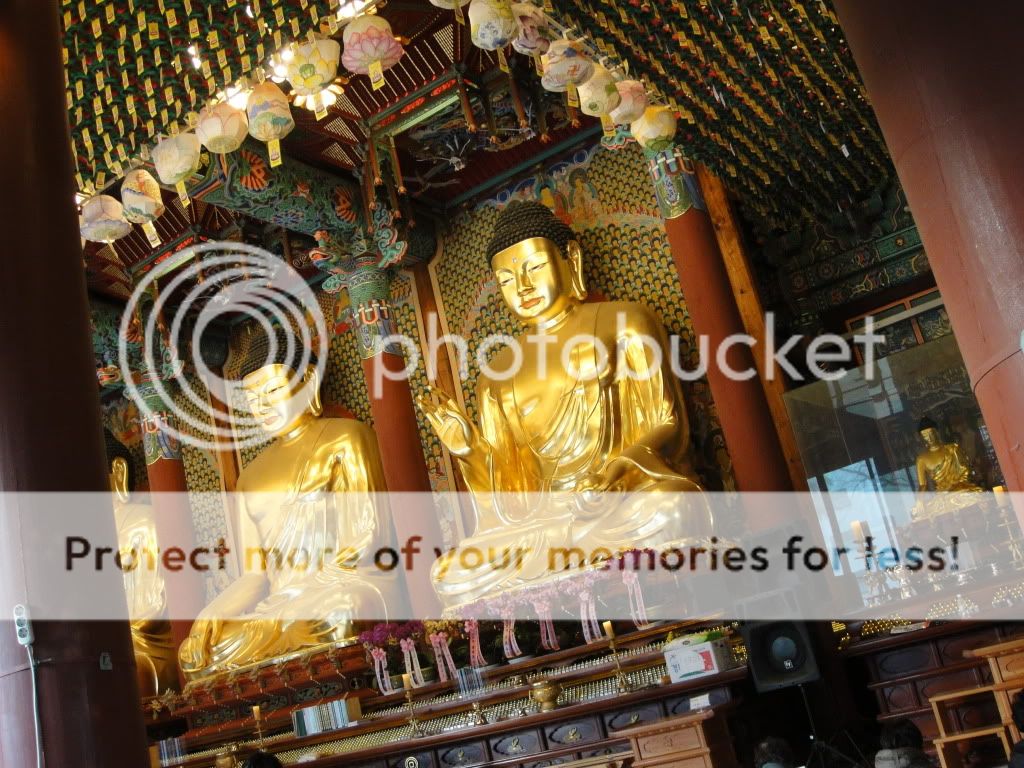
The Buddha of medicine, bowl-in-hand.

Papers & wishes, I guess.

More tombstones.

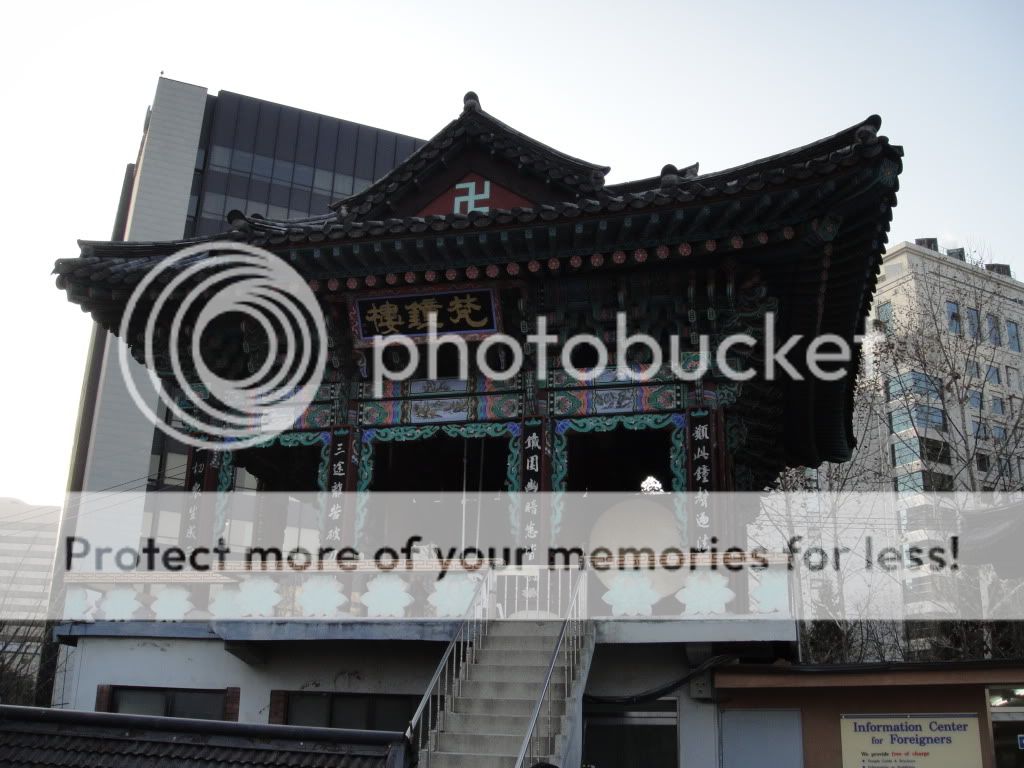
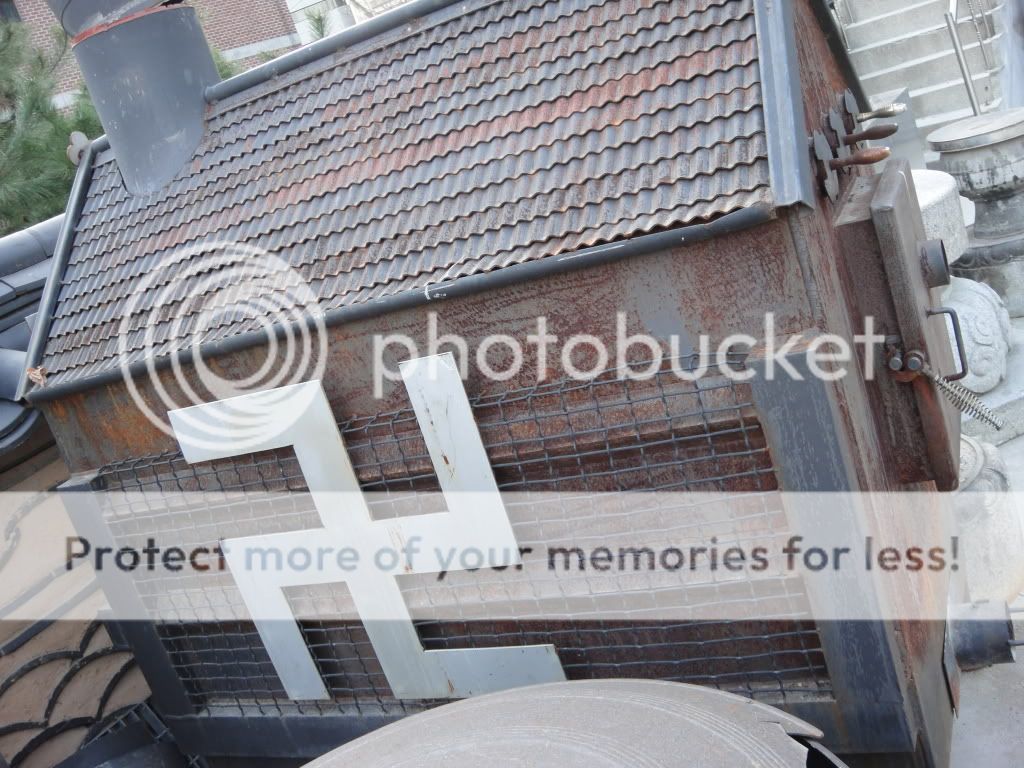
So strong associations we have, huh?
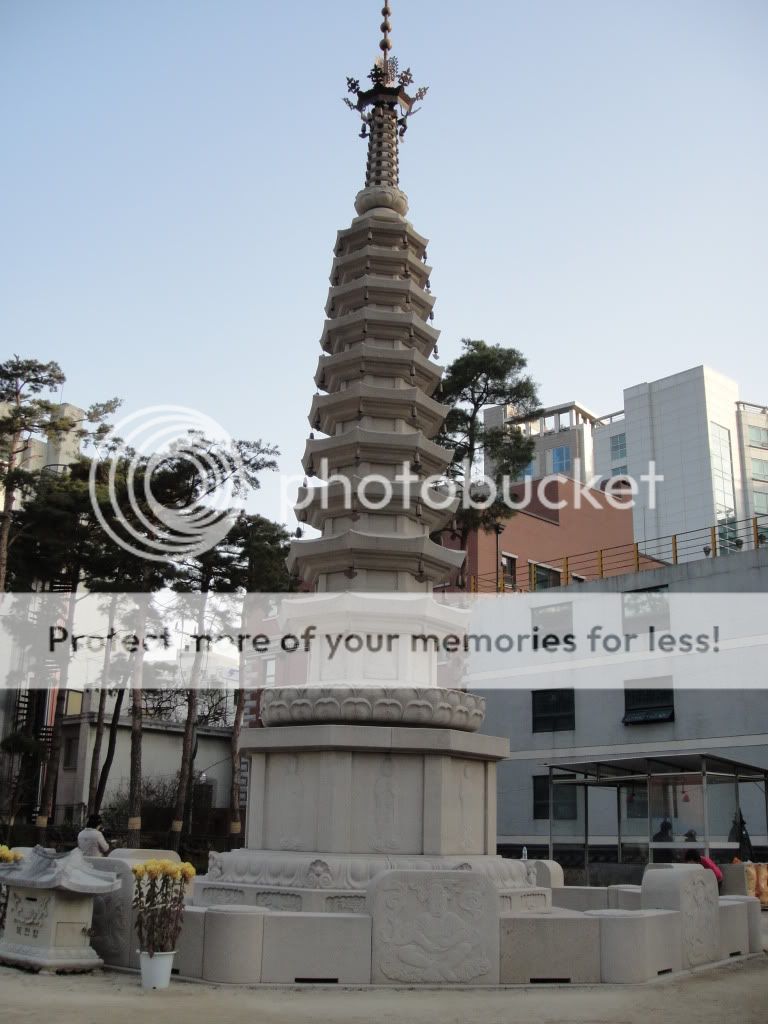
Pagoda.
After this, I went back some meters and explored the Insandong shopping street... All the way down to Tapgol park. Then some street statues, the sitting mand and the rman. Followed by Hangemun and the last wonder of the day, Deoksu-gung(덕수궁,德壽宮.Located in downtown Seoul across the street from City Hall, Deoksu Palace vividly contrasts to the other nearby palaces like Changdeok Palace. Built during the mid-fifteenth century, the architecture of the buildings inside are heavily influenced with Western designs: A fusion of both Korean and Western architecture.
Then, I was so cold and so hungry, that I craved for something hot & good. No fancy restaurant this time, but the most delicious thing to get in the middle of a storm: 냄비 비빔밥!
More pics coming tomorrow... Time to sleep now!





















No comments
Post a Comment